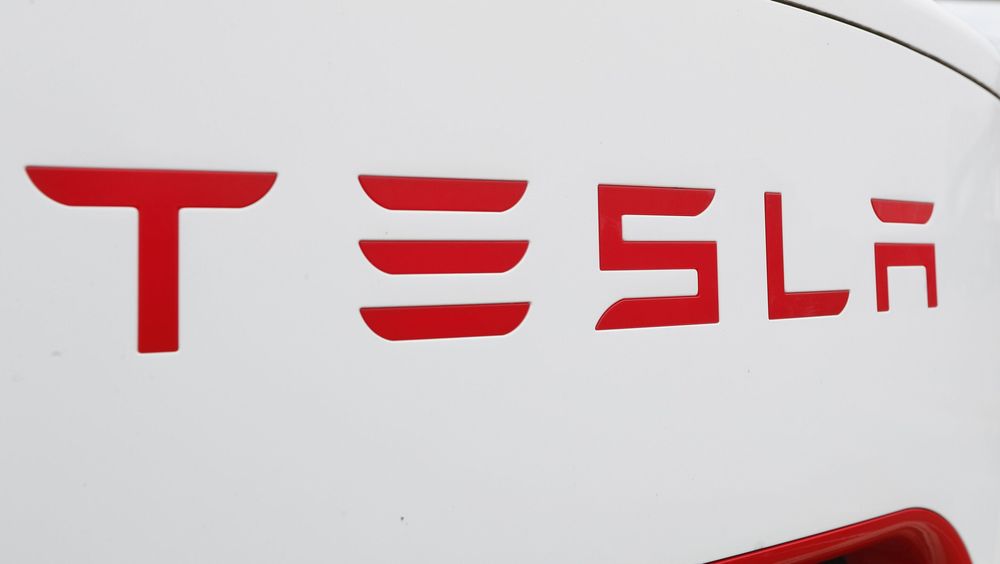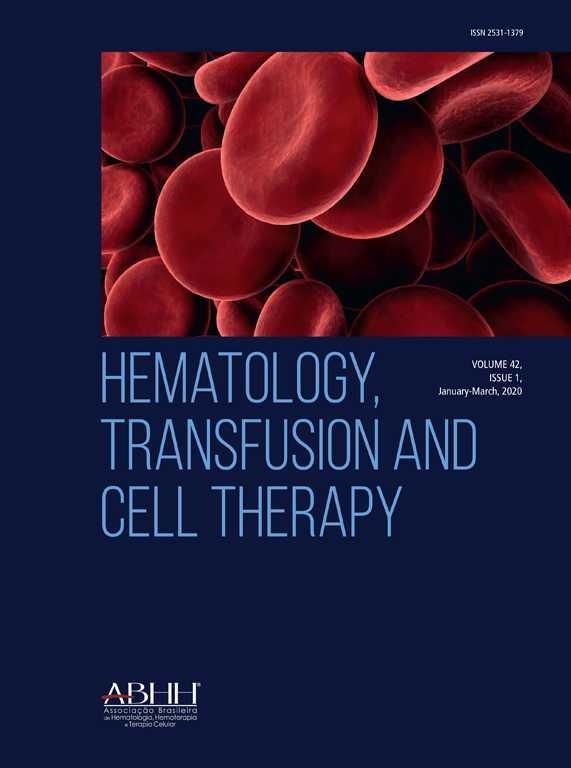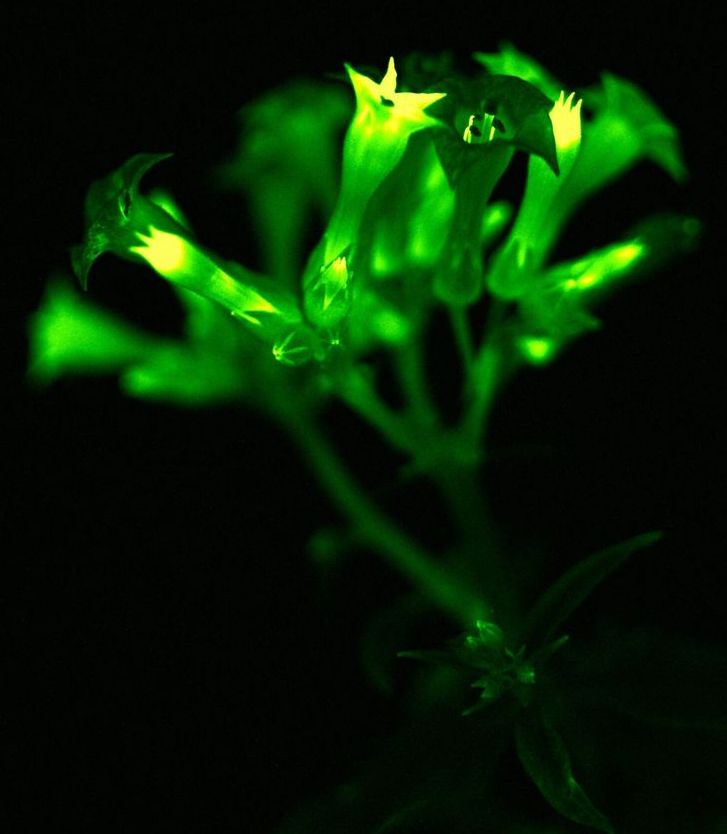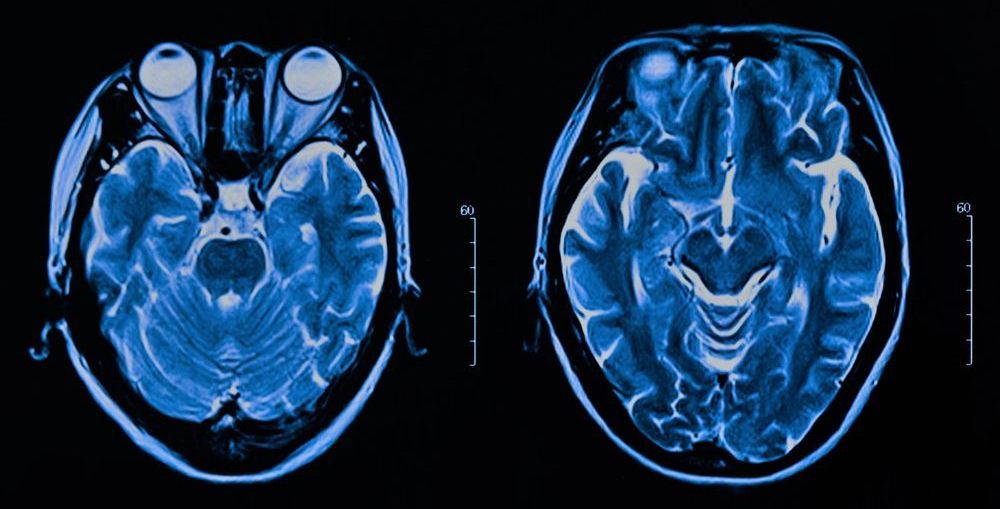Apr 27, 2020
Microsoft boasts 99 percent accuracy in AI bug detection
Posted by Saúl Morales Rodriguéz in categories: biotech/medical, cybercrime/malcode, robotics/AI
Software bugs have been a concern for programmers for nearly 75 years since the day programmer Grace Murray Hopper reported the cause of an error in an early Harvard Mark II computer: a moth stuck between relay contacts. Thus the term “bug” was born.
Bugs range from slight computer hiccups to catastrophes. In the Eighties, at least five patients died after a Therac-25 radiation therapy device malfunctioned due to an error by an inexperienced programmer. In 1962, NASA mission control destroyed the Mariner I space probe as it diverted from its intended path over the Atlantic Ocean; incorrectly transcribed handwritten code was blamed. In 1982, a software bug later alleged to have been implanted into the Soviet trans-Siberian gas pipeline by the CIA triggered one of the largest non–nuclear explosions in history.
According to data management firm Coralogix, programmers produce 70 bugs per 1,000 lines of code, with each bug solution demanding 30 times more hours than it took to write the code in the first place. The firm estimates the United States spends $113 billion a year identifying and remediating bugs.




 The novel coronavirus SARS-CoV2 has been observed to cause a higher incidence and greater severity of disease in males, as seen in multiple cohorts across the globe. The reasons for gender disparity in disease severity is unclear and can be due to host factors. To determine whether males have delayed viral clearance after infection, we evaluated the time to clearance in symptomatic patients tested by serial oropharyngeal/nasopharyngeal swabs followed by RT-PCR at a reference lab in Mumbai, India. A total of 68 subjects with median age of 37 years (3−75 range) were examined and included 48 (71%) males and 20 (29%) females. We observed that females were able to achieve viral clearance significantly earlier than males, with a median difference of 2 days in achieving a negative PCR result (P value = 0.038). Furthermore, examination of 3 families with both male and female patients followed serially, demonstrated that female members of the same household cleared the SARS-CoV2 infection earlier in each family. To determine reasons for delayed clearance in males, we examined the expression patterns of the SARS-CoV2 receptor, Angiotensin-converting enzyme 2 (ACE2), in tissue specific repositories. We observed that the testes was one of the highest sites of ACE2 expression in 3 independent RNA expression databases (Human Protein Atlas, FAMTOM5 and GETx). ACE2 was also determined to be highly expressed in testicular cells at the protein levels. Interestingly, very little expression of ACE2 was seen in ovarian tissue. Taken together, these observations demonstrate for the first time that male subjects have delayed viral clearance of SARS-CoV2. High expression of ACE2 in testes raises the possibility that testicular viral reservoirs may play a role in viral persistence in males and should be further investigated.
The novel coronavirus SARS-CoV2 has been observed to cause a higher incidence and greater severity of disease in males, as seen in multiple cohorts across the globe. The reasons for gender disparity in disease severity is unclear and can be due to host factors. To determine whether males have delayed viral clearance after infection, we evaluated the time to clearance in symptomatic patients tested by serial oropharyngeal/nasopharyngeal swabs followed by RT-PCR at a reference lab in Mumbai, India. A total of 68 subjects with median age of 37 years (3−75 range) were examined and included 48 (71%) males and 20 (29%) females. We observed that females were able to achieve viral clearance significantly earlier than males, with a median difference of 2 days in achieving a negative PCR result (P value = 0.038). Furthermore, examination of 3 families with both male and female patients followed serially, demonstrated that female members of the same household cleared the SARS-CoV2 infection earlier in each family. To determine reasons for delayed clearance in males, we examined the expression patterns of the SARS-CoV2 receptor, Angiotensin-converting enzyme 2 (ACE2), in tissue specific repositories. We observed that the testes was one of the highest sites of ACE2 expression in 3 independent RNA expression databases (Human Protein Atlas, FAMTOM5 and GETx). ACE2 was also determined to be highly expressed in testicular cells at the protein levels. Interestingly, very little expression of ACE2 was seen in ovarian tissue. Taken together, these observations demonstrate for the first time that male subjects have delayed viral clearance of SARS-CoV2. High expression of ACE2 in testes raises the possibility that testicular viral reservoirs may play a role in viral persistence in males and should be further investigated.












